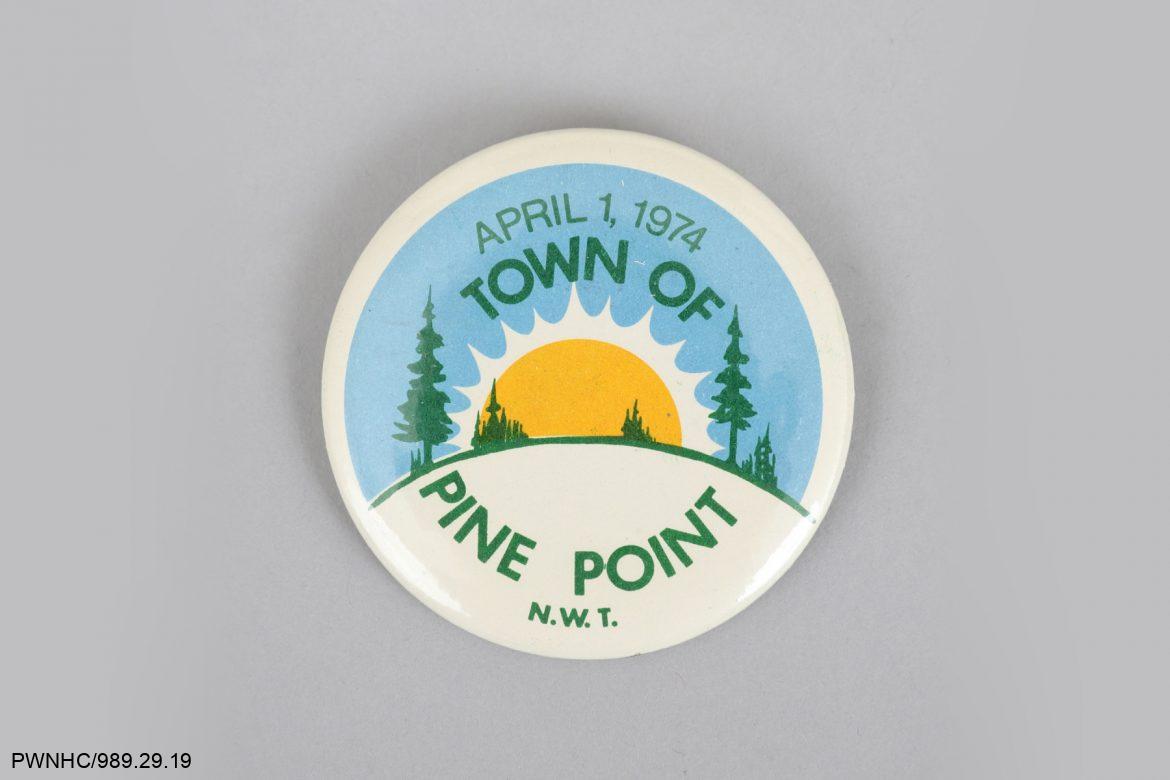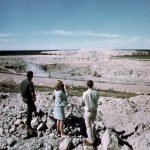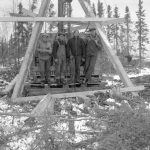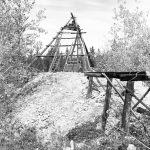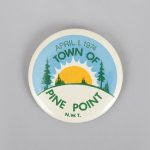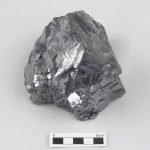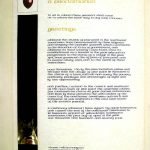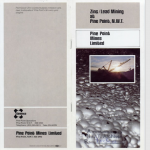1927
The Pine Point Discovery
Ted Nagle was born in Hay River in 1898 and lived in Fort Resolution for the first four years of his life. Ted’s father, Edward Nagle, operated 22 trading posts with his business partner Jim Hislop on the Athabasca, Slave, and Mackenzie Rivers.
In 1898, Edward Nagle was operating the Hislop and Nagle trading post at Fort Providence when hundreds of men and women came through the community on the Canadian route to the Klondike Goldfields. Edward Nagle was swept up in the frenzy, but instead of looking for gold, he asked the Dene who traded at his post to bring him any shiny rocks they found.
One day, a group of Dene brought in a rock that Edward Nagle recognized as galena, a lead ore often found in association with significant gold and silver deposits. The Dene told Edward that the stone came from the Ile du Mort area along the south shore of Great Slave Lake. They also said that when the Dene had only muskets in the old days, they would collect rocks from the mainland opposite Ile du Mort, melt them down, and mould their musket balls. Edward staked the area, and young Ted never forgot the story.
Twenty-eight years later, Ted Nagle was a commissioned prospector with Consolidated Mining & Smelting Company of Canada (CMS, later known as Cominco). He hiked into the site on the south shore of Great Slave Lake, where his father had staked claims. When he got there, he found a group called The Boston Syndicate that had recently staked most of the area. Ted Nagle dug several pits and found that this ‘syndicate’ had missed a large part of the galena deposit. He then claimed these on behalf of CMS.
CMS and The Boston Syndicate attempted an uneasy partnership called Atlas Exploration Company. CMS/Cominco eventually gained total control of the property after a major exploration effort in 1928-1929 that proved a lead-zinc deposit existed. The site’s development remained unfeasible until a railway was built to the south shore of Great Slave Lake in the 1960s. Pine Point mine and the town of Pine Point co-existed profitably for almost 30 years. In 1988, the Pine Point Mine closed, and all buildings at the mine and in the town were removed. The site remained a cautionary reminder of the transient nature of resource and community development in the NWT. It was one of the last purpose-built mining communities in the NWT.
